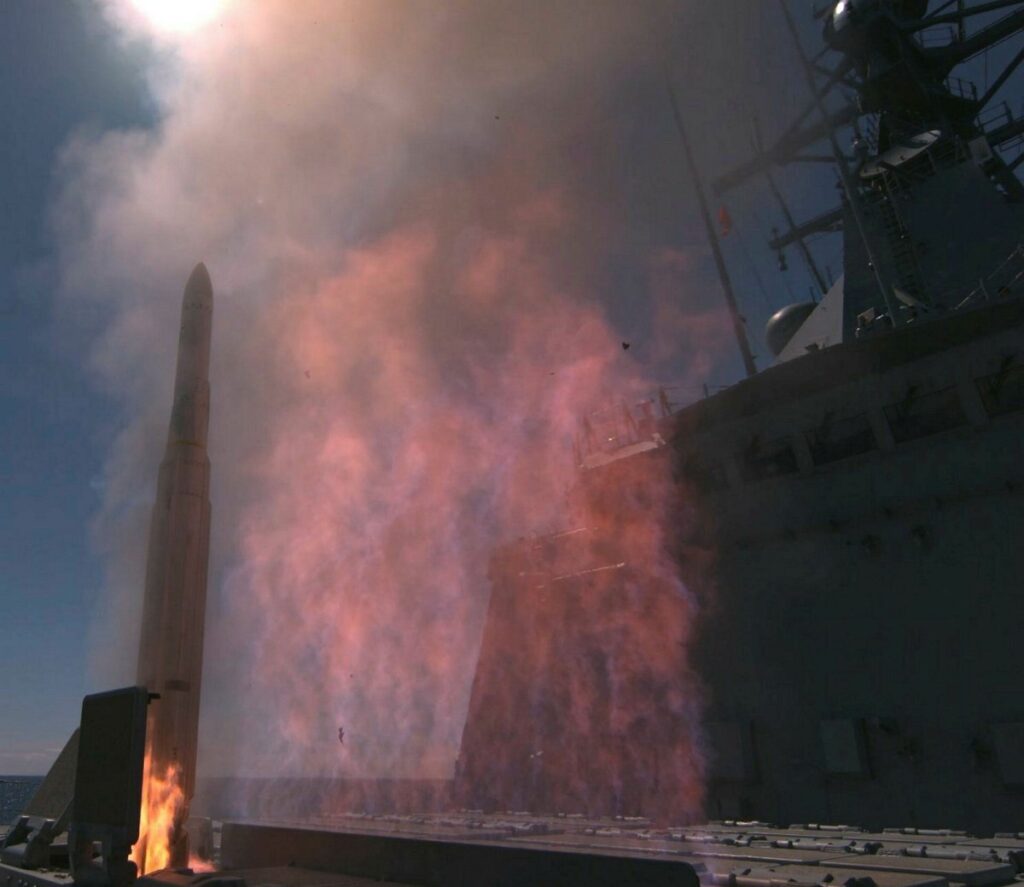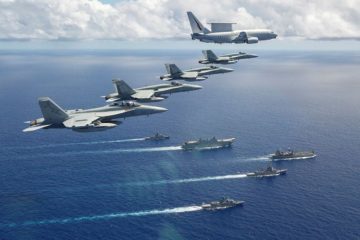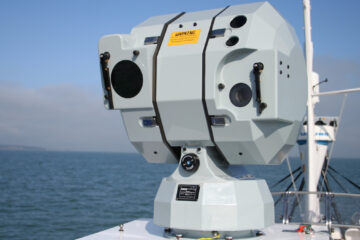HMAS Sydney departed her homeport at Fleet Base East in Sydney in March to conduct Combat System Sea Qualification Trials in the United States. These tests are a crucial milestone in order for Sydney to be declared available for operational deployments.
HMAS Sydney is the third and final Hobart-class Guided Missile Destroyers to conduct the testing. The ship joined the RAN fleet in May 2020.
The RAN’s three Hobart-class destroyers Hobart, Brisbane and Sydney are based on the Navantia designed F100 frigate and is coupled with the Aegis Combat System. They were constructed in Australia by the Air Warfare Destroyer Alliance. The Hobart-class provides air defence for accompanying ships in addition to land forces and infrastructure in coastal areas, and for self-protection against missiles and aircraft. The Aegis Combat System incorporating the phased array radar, AN/SPY 1D(V), in combination with the SM-2 missile, will provide an advanced air defence system capable of engaging enemy aircraft and missiles at ranges in excess of 150km.
About ESSM

ESSM is a medium-range, all-weather, semi-active radar-guided missile used in surface-to-air and surface-to-surface roles. ESSM represents more than four decades of technology and design improvements by a 43-year international cooperative partnership composed of 12 nations, 10 of which employ ESSM (and FMS to 3 countries: Japan, UAE and Thailand).
As a tail-controlled missile, ESSM uses enhancements to its guidance system to take advantage of improved seeker sensitivity, increased propulsion and greater weapon accuracy. These features enable ESSM to arrive at the intercept point with more endgame speed and agility to counter the threat.
ESSM’s capability bridges the gap between close-in air defense and local area defense systems. Its kinematics result in reduced time to target. It is a Multi-mission weapon system is effective against high-speed or low-velocity threats.
According to open sources, the RIM-162 Evolved SeaSparrow Missile (ESSM) has a range of about 27 nautical miles (50 Km) and a top speed of Mach 4+.
Unlike Block 1, Block 2’s active radar homing seeker will support terminal engagement without the launch ship’s target illumination radars. The improved ESSM Block 2 will be fielded by the US Navy from 2020.






